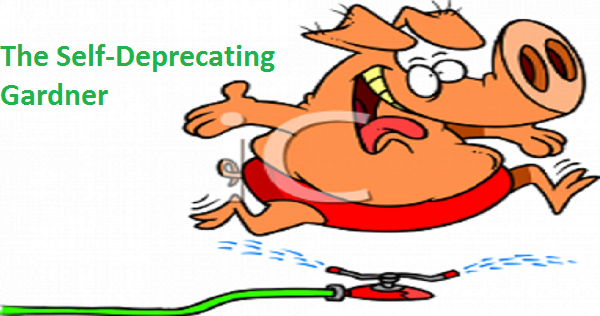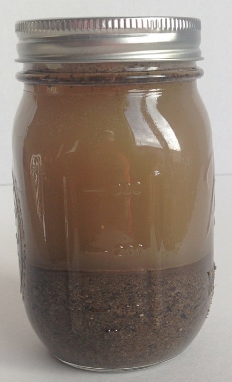
With the equinox fast approaching and crocuses already in bloom under budding rhododendron shrubs, it is never too early to begin planning a seasonal watering schedule for your garden hose and a dream for the latest in smart-home automated irrigation innovation.
The number one mistake homeowners make in self-monitoring irrigation protocol, is allowing human reactions to heatwaves and dry-spells determine overall water use.
What cannot be readily observed due to the depths of the soil, is the real driving force when making proper watering decisions. While irrigating by instinct sounds like a right of passage for possessing a refined and valuable sixth sense for a Zen master ranking, it is a far cry from an effective approach to watering.
This Spring, the Self-Deprecating Gardner in conjunction with Liberty Park Press will offer a series of irrigating tools and tips that will hopefully help to improve the health of plants and save money on the Summer watering bill.
When building an irrigating schedule, the first step landscape professionals sanctioned by the Irrigation Association employ, is to examine the specifics of the soil to determine the soil type and the associated water holding capacity. Obviously, heavy soils such as clay have a water retention capability, while sandy soils are at the other end of the spectrum. During the watering season, the characteristic of soil to hold water offsets any short-term pattern in the weather. Gaining knowledge of what is happening in the root zone of the plants will help to build a better understanding of effective irrigation methods.
As landscape professionals utilize the complex relationships between soil, plant species, application efficiency, geography and meteorology to facilitate the most efficient and innovative means of scheduling, learning the basic components of irrigation management will only improve the overall landscape.
The following is a list of available water or AW capacities for differing soil types based on inches per inch. AW is the initial step in determining Plant Available Water or PAW and the foundation for customizable specificity and efficiency in soil moisture based irrigation scheduling.


In the absence of a landscape professional, a simple DIY method to determine soil type and match to the above list, is to take a golf-ball sized sample with a small shovel from a garden bed or under the lawn, where the root zone interacts with the medium. Remove all sizable matter from the sample such as roots and rocks and place in a mason or old pickle jar. Fill with water until sample is the submerged by an inch or two and add a tablespoon of dishwater detergent. Put the top of the jar on tightly and shake vigorously for two minutes and let sit for 24 to 72 hours. The lighter and less dense clay flakes will settle near the top of the soil matter while the heavy and dense grains of sand will anchor the bottom of the jar. By simple visual observation, the percentages of the various soil constituents can be determined and using an online soil texture graph, the overall soil profile can be properly identified.
As different soil types possess different infiltration rates and percolation characteristics, it is vitally important to understand the specifics that comprise a landscape when scheduling a healthy dosage of irrigation. In the absence of the consideration of specific plant species, remember, mathematically high AW capacities clay dominant soils require less frequent and intense water applications, while sandy mixes call for more frequent and moderate watering amounts. As a result of clay soils having a low infiltration rate, potential run-off issues should be weighed when considering a regulated irrigation schedule. The presence of pooling and over saturation can lead directly to poor root health and stunted growth.
Once a tested AW value as been established, determining Plant Available Water or PAW is simple. PAW can be determined by multiplying AW by the inches of the plant’s root zone or AW x RZ (root zone inches) = PAW. The root zones of turf, shrubs and ornamental can all be readily measured with a ruler, while larger species can be estimated. For example, cold weather turf with a root zone of 5 inches in loam soil would yield the following: .17 (AW capacity for loam) x 5 inches = a PAW of .85in/in.
Adding the plant species aspect to the soil type, the combination of the plant’s ability to utilize water or transpiration and the specific characteristics of the soil medium will paint a clearer picture when determining effective water requirements.